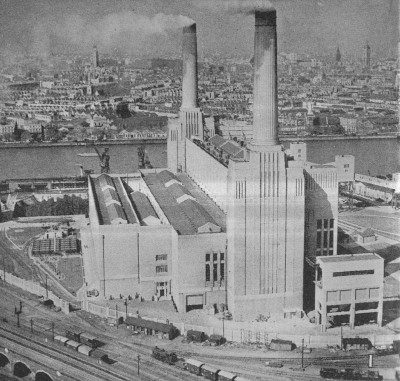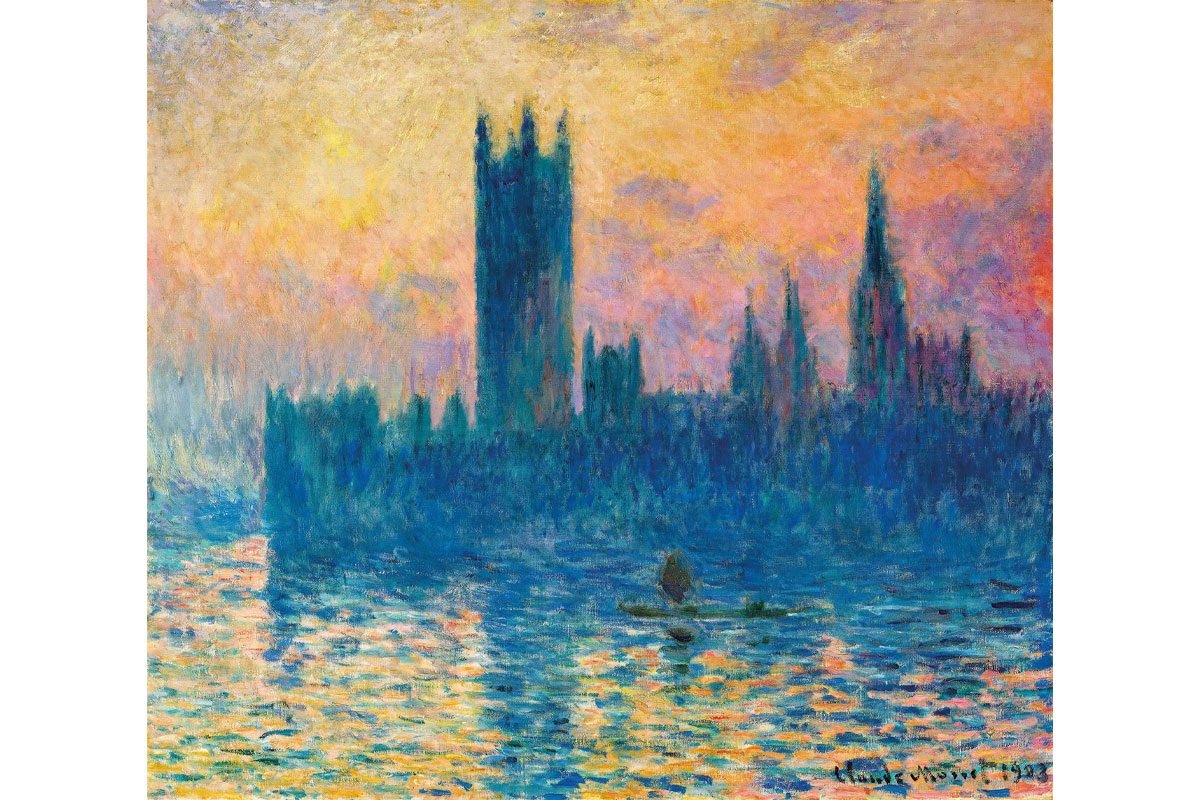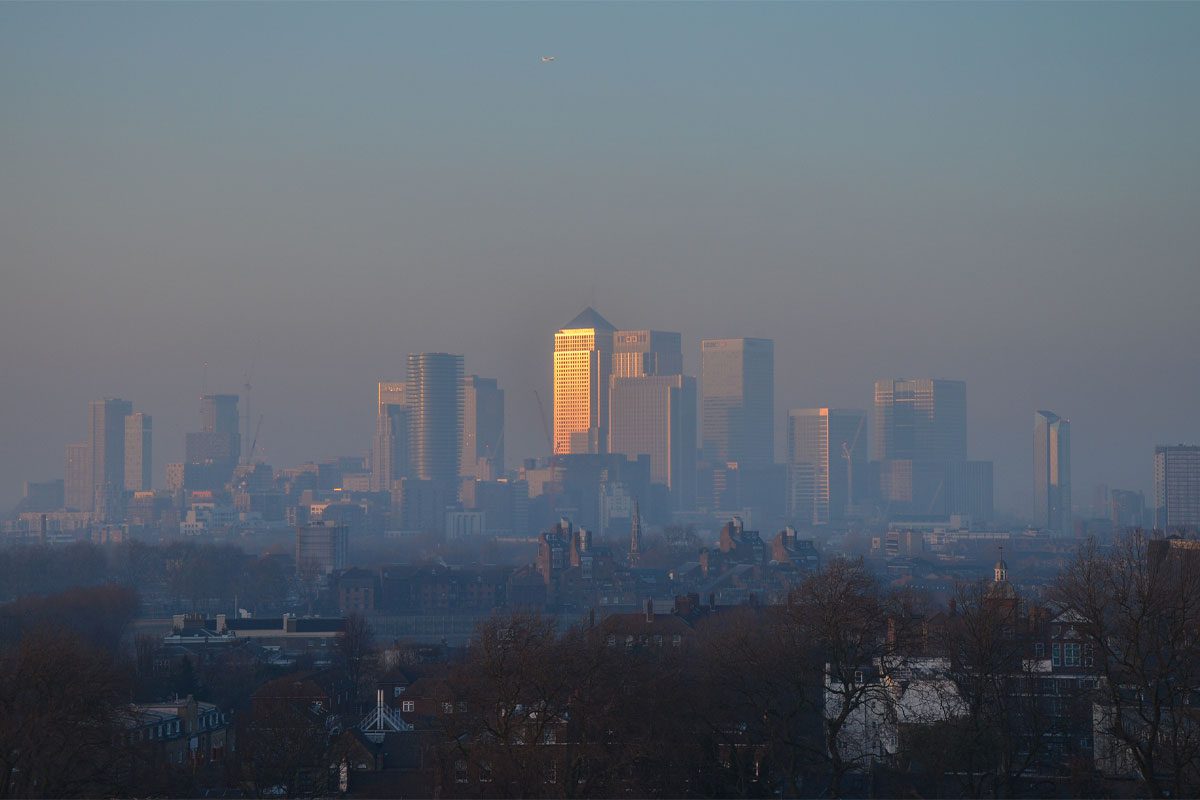The London smog of 1952 was certainly tragic in its effect, claiming over 12,000 lives. But it also marked the moment when air pollution’s harms were finally acknowledged, and efforts begun to legislate against it. Early December saw the 70th anniversary, and a time for reflection and stock-taking by environmental health experts, including a fascinating lecture by Dr Ian Mudway of Gresham College. Why did it happen? How did it kill people? And what lessons might we still learn from it? Envirotec writes

What’s maybe most surprising is that we lived with air pollution for so long before finally waking up to the recognition that it was harmful, in the 1950s.
The use of coal for heating appears in the historical record as early as Anglo-Saxon England.1 Medievel-era testimony to the resulting smoke’s noxiousness includes a 1257 account of Henry III’s wife Eleanor being forced to flee Nottingham Castle in search of more breathable air.2
It didn’t become the principal fuel of London until the 1600s, and documents of the period record the changes it brought. In 1661, the diarist and gardener John Evelyn wrote an essay which he sent to King Charles II, entitled: Fumifugium: or, The inconveniencie of the aer and smoak of London dissipated together with some remedies humbly proposed. He noted that London’s inhabitants “are never free from coughs or persistent rheumatism, from the spitting up of abscesses and corrupt matte.”3
He also observed a constant stream of chronic disease and mortality, clearly distinct from plague – apparent from the records that had been kept since 1601 of Bills of Mortality.
But a conspicuous body count wasn’t enough to dispel the widely held belief that smoky air was a boon to health. In the plague years of the 17th and 18th centuries, Londoners were encouraged to light fires in the streets to clear away ‘miasma’ – the airborne substance believed to carry disease, and to issue from rotting organic matter.4 Miasma theory persisted until 1880, when germ theory replaced it as the disease paradigm du jour.5
London’s smoke was a stronger pull for the visual and literary imaginations of the 19th century than for the priorities of public health, and the worlds of Dickens and Conan Doyle are unrecognisable without it. Dr Ian Mudway’s 5 December lecture explained that the sunsets that lured artists like Monet to the capital (see below) were caused by the scattering of light by smoke particles held suspended in the sky, the hazards of which went mostly unappreciated.

For a long time it was also assumed any health problems associated with London’s yellow blanket were principally to do with its cutting out of light – and with the health benefits of vitamin D now widely appreciated, this seems prescient, but still missing a crucial piece of the puzzle. Another perhaps “near miss” was the 1859 House of Commons committee investigation conclusion that “the air of large towns had no effects on the lungs when compared with air supplied by nature”. Instead, disparities in health and mortality were more readily attributed to living conditions and occupations.5
But before the momentous (for air pollution experts) 1950s timeline arrived, there were harbingers of awakening, upon which Mudway’s talk briefly reflected. The Donora Smog of 1948 started dominoes falling that led to the first federal regulations against air pollution in the US.
And early December 1930 saw a lethal build-up of pollution in the Meuse Valley in Belgium, likely a result of cold, stable air, and an absence of wind. Thousands of people developed respiratory conditions and 63 died. Mudway shared a slide showing the lung tissue of one of the victims of the episode, pointing out a thickening of the alveolus (the “gas exchange region”), as a result of congestion with liquid. With this kind of damage, the constituents of blood plasma start to leak into the airways, he explained, resulting in “a diffuse alveolar damage pattern”.
A similar smoke build-up had seemingly afflicted the region in 1911, which had killed cattle – and farmers witnessing the onset of the 1930 build-up knew to lead these animals out of the valley (cattle seem to have been especially vulnerable to this kind of respiratory assault, Mudway noted, with some puzzlement).
One significant upshot of the 1930 event was a report warning of the deadly consequences should such an incident be replicated in a city like London. But incidents like Meuse Valley and the Donora smog had also seemed specific to heavily industrialised areas (as these were), making it harder to recognise them as widely relevant warning signs. Both areas had also been without any kind of pollution monitoring.
Monitoring milestone
By 1952, London had a network of air pollution monitoring stations in place, able to measure smoke and sulphur dioxide. Mudway’s talk shared a graph showing pollutant concentrations – both black smoke and sulphur dioxide – and their precipitous rise in the early days of December, peaking on the 5th at around 1.6mg per m3 on average – “astronomically high”, as he observed. Then on around 9th and 10th December, the wind picked up and dissipated the pollution.
A broadly simultaneous peak in both pollutants also closely tracks the spike in fatalities. Such a severe peak in sulphur dioxide is anomalous for coal burning, but is explained by the widespread use of low quality coal – or “nutty slack” as it was known. This provides a political dimension to the problem, as Mudway put it, as Britain at the time was exporting lots of its high quality coal overseas, to help redress the balance of trade deficit and the enormous national debt resulting from WWII.
A visible peak in the death figures between 5 and 10 December 1952 amounts to around 4,000 excess deaths in the capital. But in fact, over 12,000 deaths are attributed to the incident, and this is explainable in that, although the pollution levels fell steadily after the peak, they didn’t return to their previous background levels (or don’t appear to, within the timescale of the graph). As Mudway put it, “the air pollution was killing people quickly… but also a little bit slowly as well.”
This is the first time in history, he said, where you have an event like this occurring in a large city where statistics on health are being collected, allowing the association to be made.
First person accounts from those who remember it are also revealing, and Mudway had gathered stories of cinemas having to close because of the fog leaking in from outside, and football matches cancelled as you couldn’t see the penalty spot. In places visibility was reduced to about 1 metre. Nothing else for it than to go home then? With most people living in leaky Victorian houses warmed by a constant supply of nutty slack, this wouldn’t have been terribly enticing either.
It’s often assumed that it was the elderly and chronic-disease-ridden who were tipped over the edge, he said, but “the data doesn’t quite suggest that.” Yes, the “old” did die, but only if you accept the label as denoting those over 45 years old. There was also the very young, children under 1 years old, who were especially vulnerable, something that gets forgotten.
A breakdown of the causes of death from the period noted death rate increases, notably: bronchitis (tenfold increase), influenza (7 times higher), TB (4.5 times higher), other respiratory diseases (6 times) and disorders of the heart and circulatory system (3 times).
Inside a polluted lung
Mudway’s talk delved into the pathology of these deaths: what actually happens inside the body when people are exposed to this kind of pollution? One slide showed a scanning electron micrograph of a section of cut lung from someone who had died from bronchitis during the 1952 smog. Within the granular gray patterning you could see shiny spots – “each of those is a metal-rich particle,” he said, indicating dots that seemed to be a few micrometres in diameter. We might also commonly envisage these deposits as large particles transferred wholesale from the surrounding air, but in fact these sites seemed to comprise agglomerations of much smaller particles.
Various blackened dots were indicated as macrophages – “the janitorial cells on the surface of your airway, which go around collecting debris and eliminating bacteria”, but in this case their uptake of black carbon had changed their colour.
Inside the macrophages he indicated further agglomerations of metal-rich particles – and we even know what metals were present, and he mentioned iron, lead, zinc, tin and antimony.
The political response was slow and sclerotic, and it was assumed people would simply be unwilling to give up their fires. It’s perhaps fortuitous that natural gas was coming online at the time.
Political will
Sir Hugh Beaver chaired the committee whose investigation led to history-making reforms and the 1956 Clean Air Act, which made “big restrictions on the burning of solid fuels in cities”.
Mostly forgotten today, Beaver was a well-known figure of the period, who is also credited with the creation of the town of Milton Keynes, and the founding of The Guinness Book of Records.7 The book first appeared free of charge in pubs, intended to help settle the kinds of disputes that often arise after a few pints.
After the Clean Air Act was introduced, levels of these pollutants tracked downwards steadily, although there were further smog episodes in ’57, ’62, ’75 and all the way up to 1991.
Another upshot of the 1952 smog was the formation of the world-leading Medical Research Council Air Pollution Unit, which operated until 1978, when the problem seemed to have been solved, and it was closed.
At this point Mudway jumped to the US of a decade or so later. “Everything changes in air pollution research with this paper published in 1993,” he said, referring to the “six cities” study, which studied subjects in these conurbations, looking at probabilities of survival over a 12-14-year period in relation to average concentrations of pollutants over a period of time.
This is the point where attention shifted from the catastrophic events to researching the slow, relentless toll taken by the kind of pollution that might have gone relatively unnoticed till then.
Earlier efforts to pinpoint the influence of dirty air had floundered in the face of so many other factors like poverty and poor working conditions. An important innovation was the way in which the study managed to de-trend out those other confounders.
The findings revealed statistically significant increases in the likelihood of early death produced by PM2.5 pollution, and these showed a straight-line arithmetic progression across a range from 10 to 30 μg/m3. (compared to the 1.5mg/m3 levels associated with the 1952 smog). The profound effect of such small concentrations was a remarkable finding, and the study quantified the resulting likelihood of conditions, notably emphysema, bronchitis (an umbrella term), pneumonia and cardiovascular disease – the latter was probably the most statistically significant he said, “because the error bars are quite small”.

The study has been replicated across 150 cities, and in China and the UK. “It’s one of the most robust findings I think science has generated in the last 50 years,” he said.
Mudway has used the findings from this kind of study to estimate that roughly 4 to 4.5 million people die worldwide every year from fine particulate pollution.
Behind every death, he said, are decades of ill effects and ill health. But often we don’t notice the harm that it’s doing, and he presented modern attempts to quantify some of the “silent, sub-clinical harm” that occurs over the long term, but whose harms go as unnoticed as the cigarette smoking of a teenager. The remainder of his talk examined some of these effects and the challenges faced by modern air pollution researchers and campaigners.
References
1. Fuller, Gary. The Invisible Killer: The rising global threat of air pollution and how we can fight back. Melville House, UK. 2018, p8. 2. Fuller, op cit p7 3. Fuller, op cit p10 4. Fuller, op cit p10 5.https://en.wikipedia.org/wiki/Miasma_theory 6. Fuller, op cit p44 7. Fuller, op cit p46






